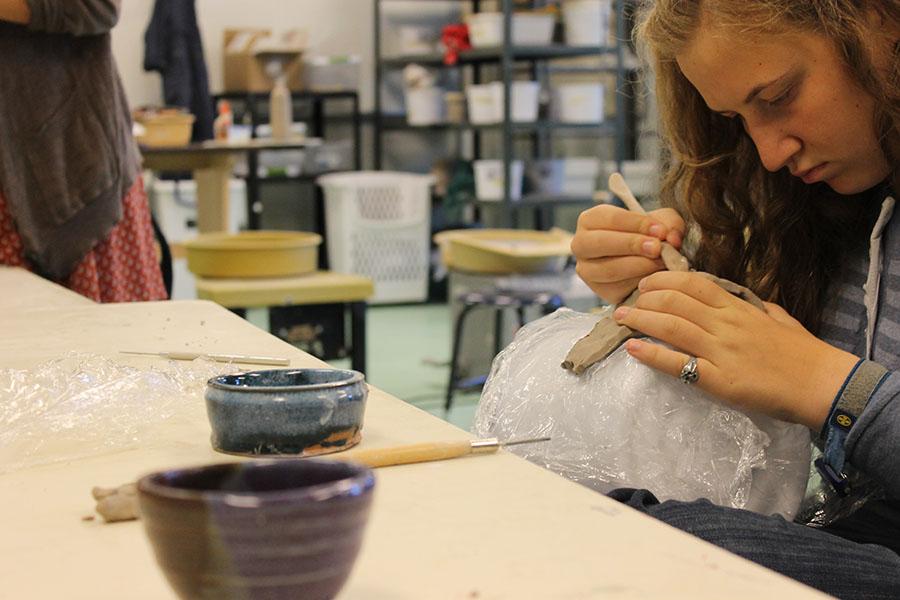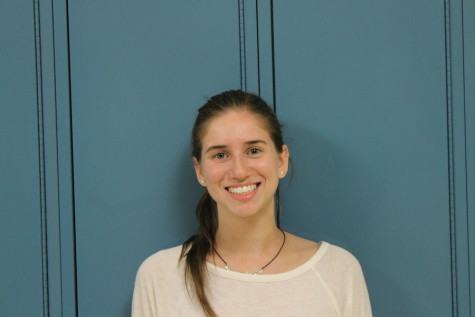What do you do after you’ve completed advanced ceramics? Or any other advanced art class? Last year, the answer would have been nothing. Luckily, that is no longer the case.
AP Studio Art: 3-D Design is the newest addition to Staples’ art curriculum.
Although different in content, this class is just as difficult as any other AP, even abiding by the standard AP grading system, according to Maggie Walsh ’15.
“It’s obviously all art and it’s very individual,” said Amelia Heisler ’15, one of seven students who takes the new class,“but also it is a serious class because at the end of the year we send our work to a board that grades it on the standard one to five scale.”
Art Teacher Jaclyn Jeselnik proposed this class last year.
The process of bringing a new AP course to Staples begins with filling out a preliminary course proposal form and ends after The Collaborative Team, a group composed of students, faculty and administrators, and the Board of Education have approved the proposal.
Sloane Cooper ’15 explains that the class uses tools like wire to turn classic household items into art, discusses the structures of art and experiments with different ways that art can be used. At the end of the year, each student must submit a portfolio of his or her work.
“The class really pushes you to be creative in different ways,” Cooper said.
For example, AP 3-D Design student Maggie Walsh created a piece of art that was more than just wire twisted together.
“I researched how snakes fight and then put the two positions of the wire like the heads were entangled and then I cut smaller wires to make the snakes’ tongues,” Walsh said.
Jeselnik believes that this class is important because it gives students the much-needed finale to their high school art courses.
“For many years, I’ve had advanced students who kept wanting more, but there wasn’t that level for them,” Jeselnik said.
Jeselnik thinks that through the class, students will learn skills that they will be able to use forever. She believes that after this class, “they’ll be innovative problem solvers and reflective learners.”
Principal John Dodig agrees that skills learned in art classes can carry through to life after high school, even in the workplace.
“I can’t imagine any workplace that wouldn’t value someone who comes to them not being afraid of tackling something new, thinking out of the box, thinking creatively and coming up with some solution nobody ever thought of before,” Dodig said.
Walsh also feels that the creative challenges of this course have already changed her perspective for life.
“You have to take something that you always see and completely change it,” Walsh said. “So now, when I see a cup, I feel like I can make art out of it.”














































